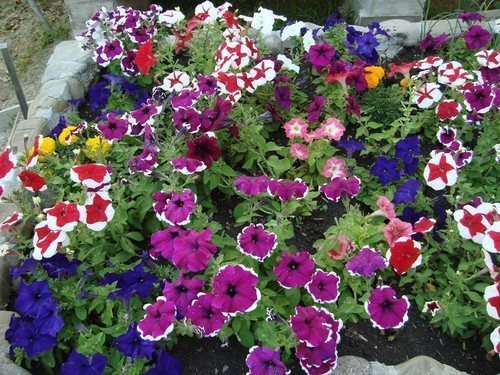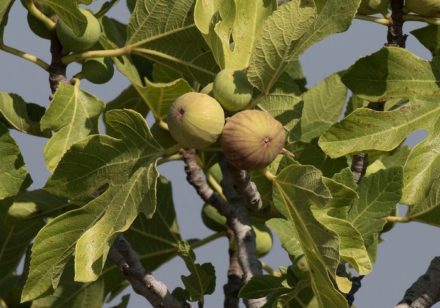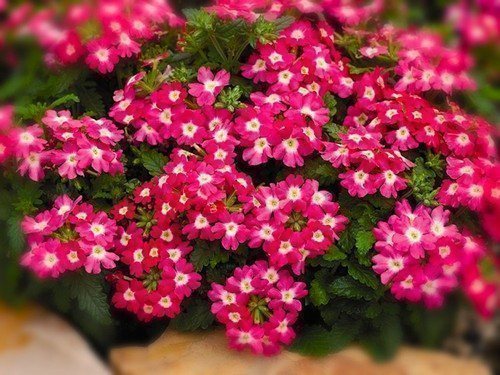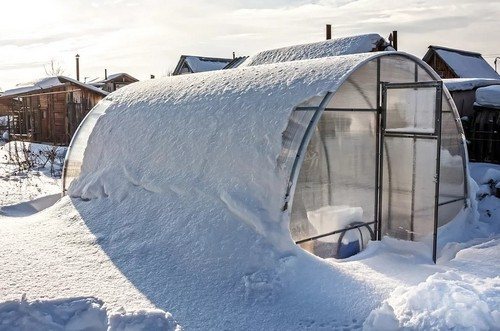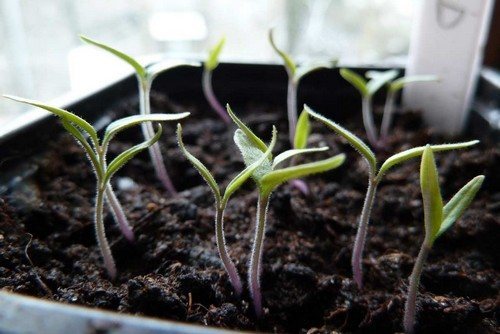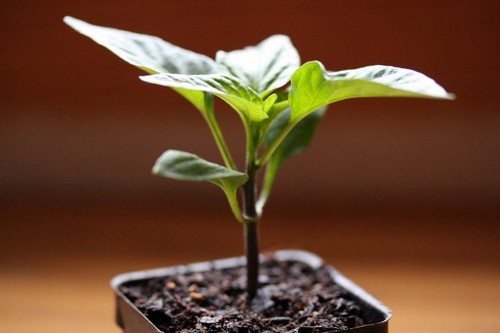Viola (or Wittrock violet, pansy) is a well-known and revered garden flower among the people. Aesthetes of all ages never tire of admiring the unique pattern of viola flowers. If you decide to decorate your garden plot, loggia or balcony with a delightful viola, you don’t have to buy plant seedlings at all expensively.

You can successfully grow cheap seedlings at home by choosing any variety or hybrid you like. Let's look at 5 recommendations for growing viola seedlings.
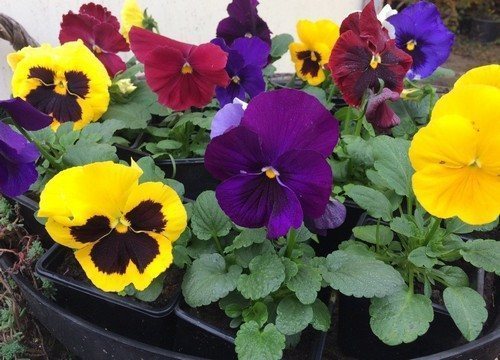
Seed preparation, sowing
In order for plants grown from seeds at home to bloom this year, sowing is done in February or early March, sometimes even in December-January. It is useful to soak the seeds before sowing for 24 hours in a biological growth stimulator (epin, zircon, EM-1 and others). Viola loves peat soil with an acidity of 5.5-5.8 pH. It is convenient to sow seeds in special peat tablets. Seeds are placed on a damp, slightly compacted substrate, sprinkled with earth (or vermiculite) to a thickness of 5 mm, and lightly moistened with a spray bottle.
Care after sowing
After sowing, create a microclimate by covering the box with glass or polyethylene and placing it in a dark place at room temperature. It is important to avoid temperature changes. Sowing is periodically opened, making sure that there is no overdrying or waterlogging of the soil; ventilate to prevent putrefactive processes. After 1-2 weeks, the seeds should sprout.
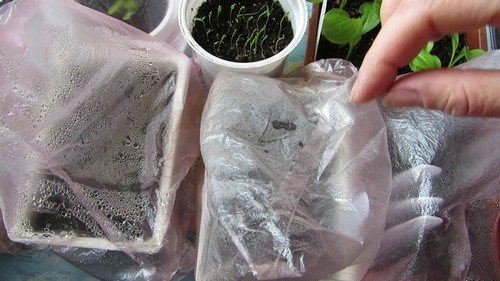
Lighting
The box with the emerging friendly shoots is transferred to a bright, cool place (air temperature 12-15 °C), the cover is removed and slightly shaded from the sun. The seedlings must get used to the new conditions. After adaptation, for the full development of seedlings, bright and long-lasting lighting during the day is necessary. The duration of daylight should be at least 14 hours. Therefore, in winter, seedlings are illuminated with powerful fluorescent lamps if the seeds were sown too early.
Watering
It is important not to wash away the seeds and thin sprouts when watering. Use spray or drip irrigation. Water moderately and regularly. The earthen ball should dry out slightly between waterings so that the seedlings do not get sick with “black leg”. You cannot over-moisten the soil; you should water according to the principle “it is better to under-water than over-water.”
Picking
It is very important to pick viola seedlings. It is carried out in two stages. The plants dive for the first time when two true leaves emerge. They are planted in cups with a diameter of 6 cm. The second picking is carried out after 5 weeks. This time the cups are taken with a larger diameter, but no more than 10 cm.
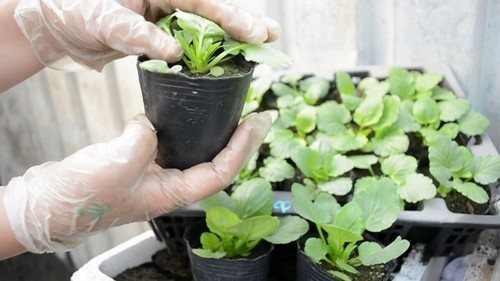
In addition to the listed growing recommendations, seedlings are fed as needed with liquid complex mineral fertilizer with microelements. If growth is weak, you can spray the leaves with an additional growth stimulator. In the spring, if weather conditions permit, seedlings are hardened off in the fresh air. When the danger of night frosts has passed, the plants are planted in a permanent place in the soil.
Growing viola seedlings is not difficult. Even a beginner can cope.Desire and the necessary knowledge will help the gardener obtain high-quality seedlings and save money from the family budget, and then please his loved ones and guests with the unique lush flowering of pansies.


